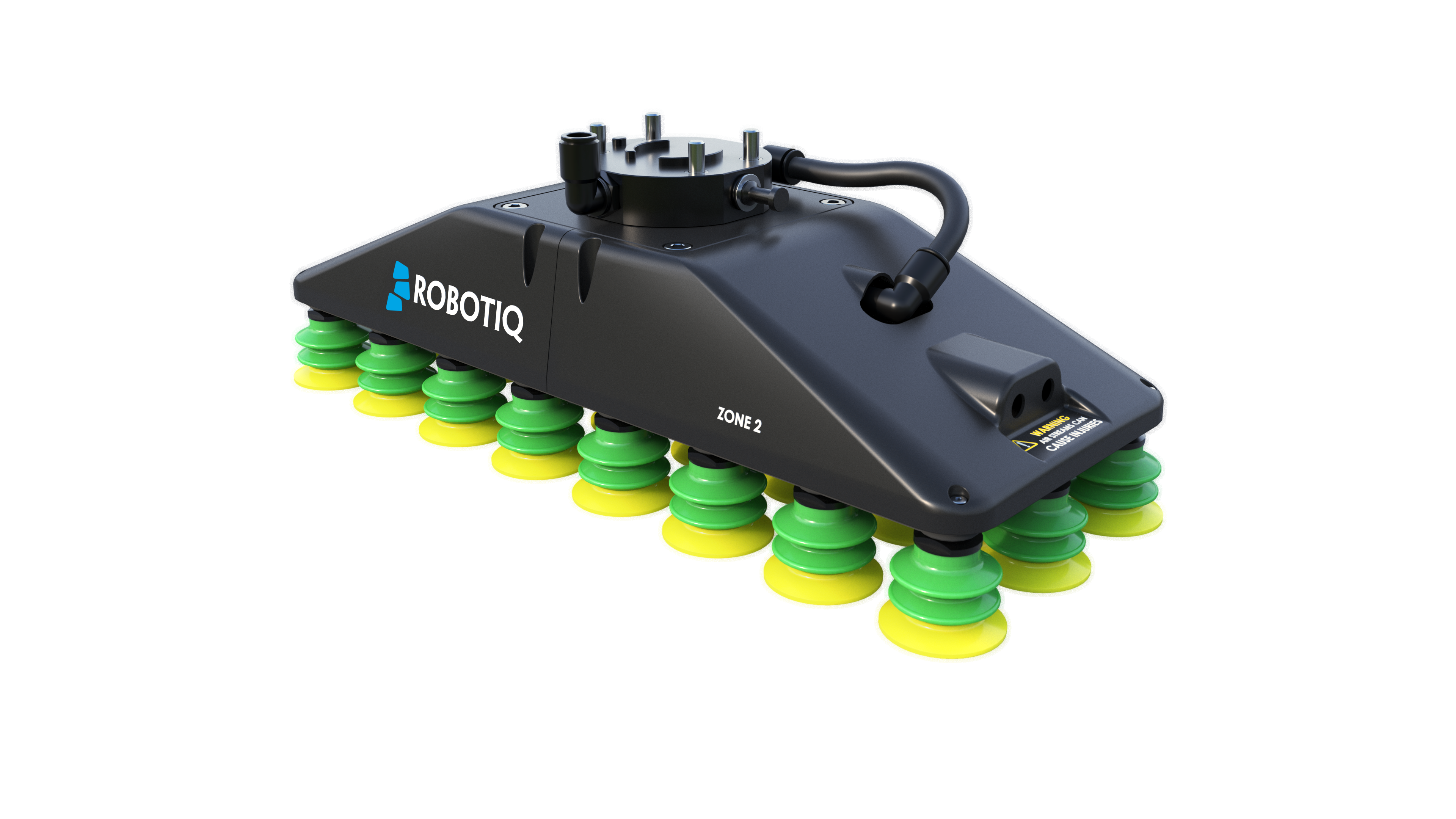Pneumatic robotic grippers vs electric grippers

Posted on Feb 02, 2014 in Robot Grippers
2 min read time

We've discussed previously how to choose the right gripper for your automation project. One important choice is the type of actuation. In most applications, you will have to choose between electric and pneumatic actuation for your end-effector gripper. In this article, we present 5 reasons why you might consider switching from pneumatic to electric grippers.
Top 5 problems of pneumatic robotic grippers
1. Gripper always at full stroke
With pneumatic grippers, it's either on or off, fully open or fully close. If you need to handle parts of different sizes with the same gripper, you will waste some time doing the full manipulation for some of the parts. This also means that your gripper will require a lot of space around small parts. In confined spaces, the gripper might interfere with the surroundings.
2. Limited gripper force control
You can control the force of the grip by controlling the pressure, but it's hardly programmable. Also, low forces are challenging to obtain because stiction will prevent the gripper jaw from moving at very low pressures. So, if you handle delicate parts and parts that require a strong grip force with the same robot, the pneumatic gripper will be difficult to adjust.
3. Limited gripper speed control
With most pneumatic grippers, you will hit the part at full speed. If the part is not fixed in place before the pick, there are chances that it will move to an unpredictable position.
4. The usual problems with compressed air
Pneumatic grippers can compromize air quality. For some applications, the air contaminants that comes from the pneumatic system are not acceptable, think of the manufacturing of some electronic components for instance. The electricity needed to run the compressor and the maintenance needs of pneumatic grippers can also represent significant costs.
5. No built-in grip detection
Detecting if you have picked a part can be usefull, as this allows you to do online error-proofing. This feedback from the gripper can also be used to program the robot using grip events instead of timers for more efficient programs. In most pneumatic grippers, this feature is not built in and you need to add sensors if you want it.
The speed and cost of pneumatic grippers are hard to beat. As long as you are automating low-mix, high-volume and looking for the best deal, you'll stick with them. But if you are using high-mix applications and looking for flexible automation, using programmable electric grippers present many advantages.


.jpg)





Leave a comment